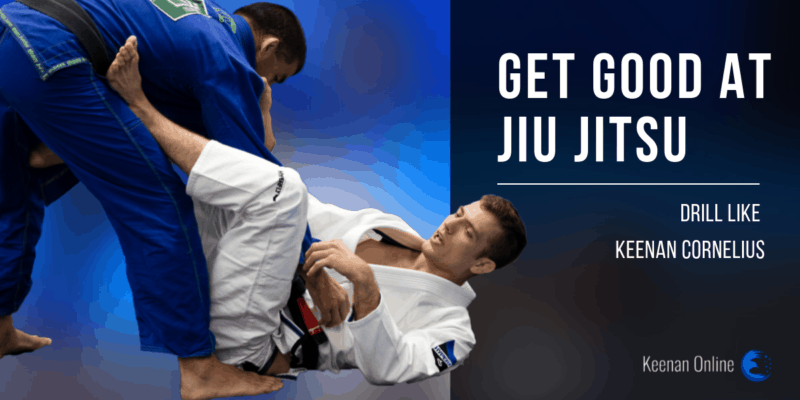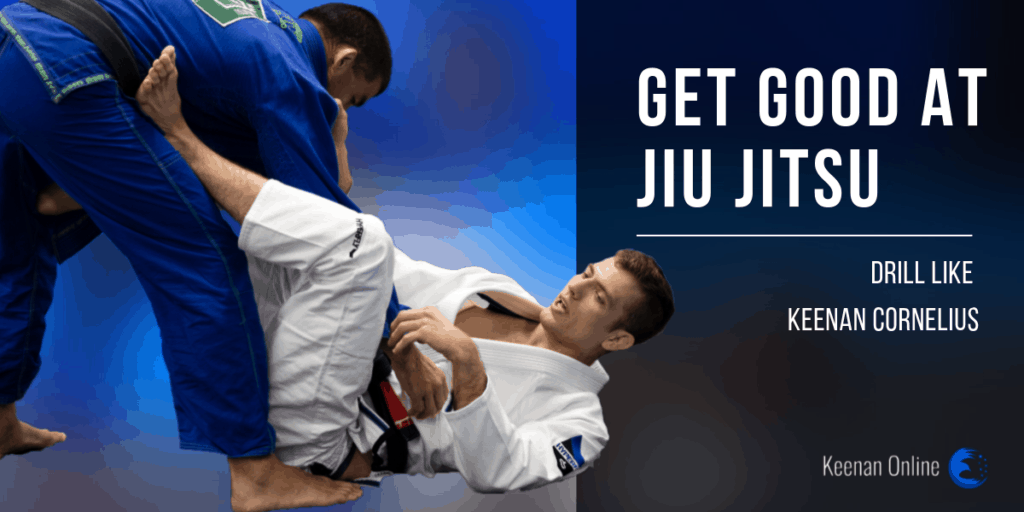
It’s ok. We’ve all been there…
We’ve all spent an entire class drilling a technique, working to be as smooth as possible and to lay down new neurological paths in our grey matter.
And, we’ve all tried to hit that technique later in live sparring only to balls it up royally.
And why is that?
I mean, you did everything you were supposed to do…
…you drilled it slow…
…you drilled it fast…
…your instructor even said “Boa” with a cheeky Shaka as they walked by you — which made you feel great.
So, why does it still feel like you suck at it?
I’m going to fill you in on THE main reason why you’re finding it difficult to put what you’ve learned into live practice…
… and it’s not because you suck.
Stop telling yourself that.
Download our FREE Worm Guard Field Guide and learn the exact moves you should be doing against your opponent’s specific defenses to your Worm Guard — taking the stress of problem-solving, in the moment, off your hands so you can focus on getting those quick wins on the mat.
[activecampaign form=1]
Y’see, drilling usually means your training partner has taken an uber passive state.
Don’t get me wrong, this state is important, as it gives you time to work through the move, consciously figuring out your grips, body alignment, etc…
However, there is something this uber passive state lacks…
…and that’s the application of stress.
On the other side of the spectrum, live sparring has your partner in a juxtaposing uber active state: bombarding you with all the uncontrolled stress it can muster.
Leaping from uber passive (no stress) to uber active (extreme stress) and expecting to hit the move you just drilled effectively isn’t just hard…
… it’s damn near impossible!.
You need to bridge that gap in your drilling.
You need to piece out the path from uber passive to uber-active, bit-by-bit, gradually applying stress in the form of controlled partner resistance, so that leap you’re trying to take becomes nothing more than a simple step.
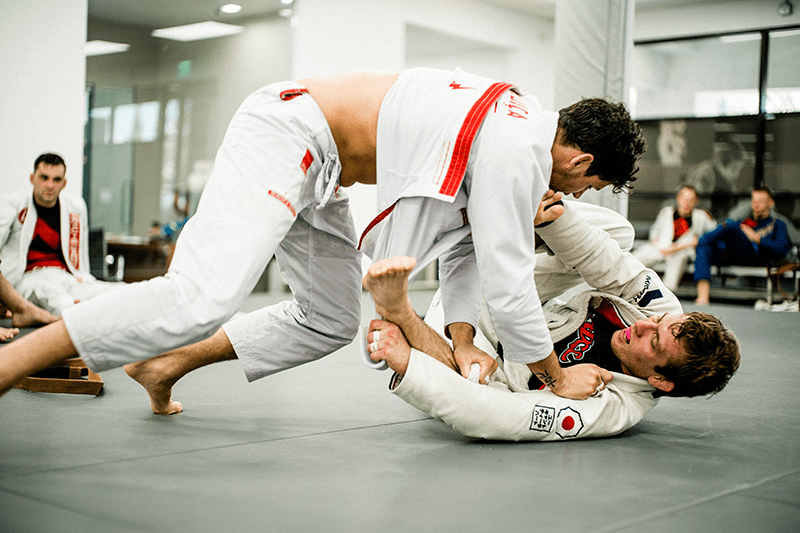
1. The Role Of Stress In Your Development
Ok, as we touched on earlier, there is a massive gap between passive drilling and full throttle to the death sparring.
And to get good at Jiu Jitsu…
That is, to be able to apply what you’ve learned when you need it most…
Your goal in drilling should always be focused on bridging that gap.
Let’s look at a little analogy to help flesh out the downside of extreme stress when trying to implement a new technique into your game.
Let’s assume you’re competent at multiplication. (I’m talking mathematical multiplication here, not the biblical kind)
You’re no Issac Newton, but you can quickly recall every two number multiplication up until the 11’s with ease…
… and if you can, you’re already smarter than me…
… but I digress.
Imagine I set you a task of solving a series of 10 two number multiplication sums with no time limit or consequence for taking your time or getting them wrong.
That’d be easy, right?
I’m sure you’d be confident in completing that task successfully.
Ok, so what if I set you the same task, but this time I put a gun to your kitty cat’s head, set a timer on my phone and demanded you answer each of those 10 sums within 2 seconds, correctly, or else the kitty gets it…
… all while screaming in your face, in my best Samuel Jackson impression…
“Multiply, Mother F*&ker, MULTIPLY!”
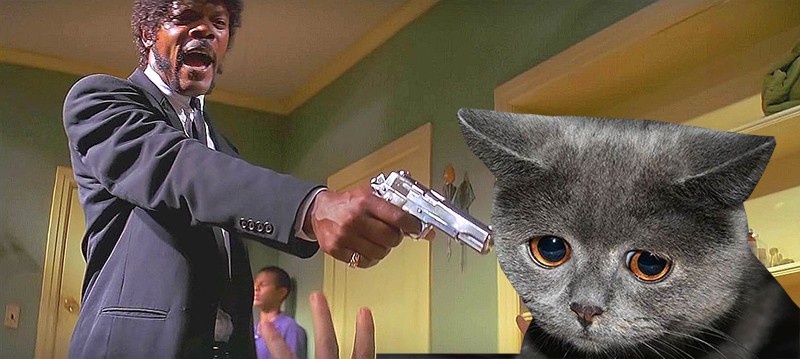
Would you have faith in yourself then?
I can tell you right now, myself and one anxious kitty sure wouldn’t.
While this analogy could be considered extreme, it’s representative of the jump between the cognitive ease of passive drilling to the stresses of live sparring.
On the other hand, studies have suggested that cognitive strain may aid in problem-solving by bypassing our “I’ve seen that before” paradigm to force us to look into a problem more carefully…
… think of your tribal ancestors looking at a bush. We’ve all seen bushes before and they, for the most part, look very much the same. But when a bush has a pair of eyes nestled within, possibly those of a tiger, staring out at you, your brain may want to start looking at that bush with a little more detail.
However, in activities like Jiu Jitsu, where cognitive strain is also coupled with multiple demands of split-second decision-making (as opposed to the one decision needed when seeing a tiger in a bush i.e. get the f&%k out of Dodge), it is best practice to train intuitive movements based on common stimuli in order to return with our own viable reaction when needed — and not a second later.
So, does this mean that stress and cognitive strain will kill your development on the mats?
No. Infact stress and cognitive strain are vital to your development and your pursuit of getting good at Jiu Jitsu…
… you just need to know how to apply it.
2. The Controlled & Gradual Application Of Stress
I often tell people that building your game in Jiu Jitsu is like playing with Lego®.
This analogy can be applied in many ways, but for the purposes of today’s article, I will use it to explain the idea behind the gradual application of stress.
Imagine I were to give you a brand new Lego® set and asked you to build me a pirate ship.
As you open the box, you see all the pieces you need, a picture of the end product pirate ship, and an instructional manual which will guide you through its assembly.
Next to you is a friend, let’s call this friend, Bob. Bob has also been set the same task. However, upon opening his box, Bob only finds the pieces and picture of the end product pirate ship…
… no instructional guide.
Poor Bob.
As you pick up your first piece and attach it to the second, and so on and so on, you begin to see you’re creating something that resembles a pirate ship.
You start feeling excited: You’re accomplishing something and that makes you feel good because you know in the not too distant future, you’re going to achieve the task — yay you!
You look over at Bob. Bob has no idea what he’s doing. Bob has no instructional guide, he has no reference to whether he is putting the pieces together: right or wrong.
Bob is frustrated because he has the basics of what he needs to complete the task, but he isn’t confident his end product will result in a bitchin’ pirate ship.
Finally, you’ve finished your pirate ship. It took a lot of hard work and patience, but you got there. You accomplished the task and have something to show for it.
You look over towards Bob and see he has left the play area; his pieces of LEGO® scattered all over the floor.
Later, you find out that Bob gave up and started CrossFit or Boxing instead because, in his words “When it comes down to it, LEGOS® don’t work in the streets.”
Note – before you start progressively adding stress to your drills, you need to know what you’re actually going to drill. Download our FREE Worm Guard Field Guide and learn the exact moves you should be doing against your opponent’s specific defenses to your Worm Guard — taking the stress of problem-solving, in the moment, off your hands so you can focus on getting those quick wins on the mat.
[activecampaign form=1]
Ok, so now let’s replace some of the words here…
What if…
- Your first piece of LEGO® = The new Technique
- The pirate ship = Successfully using that technique in live sparring.
- Each subsequent piece of LEGO® = gradual application of stress from uber-passive to live sparring.
- Instructional guide = the knowledge of how to apply gradual stress to your drills.
Yes, while the basics of technique and stress are necessary to improve your Jiu Jitsu, it’s the knowledge of how to apply stress gradually that will actually help you achieve your desired end product…
Pirate ships…
… I mean, stellar Jiu Jitsu.
Applying stress progressively, in your drills, is like having an instruction manual that you can refer to and decide whether you’re ready to add another block of LEGO® or whether you’ve progressed too quickly and need to dial it back a bit.
This progressive application of stress is kind of like the way special operatives in the military are placed under highly stressful situations during their training so that, when the time comes to face catastrophically stressful situations…
… they’re prepared…
… and they’re calm…
… because they’ve gradually adapted to that stress.
The same way this gradual adaptation builds ironclad confidence in military special operatives…
… it too can build the confidence you need when incorporating that new technique or sequence of techniques into your game.
After all, no one wants to end up like Bob who took his bat and ball home when the sh*t hit the fan.
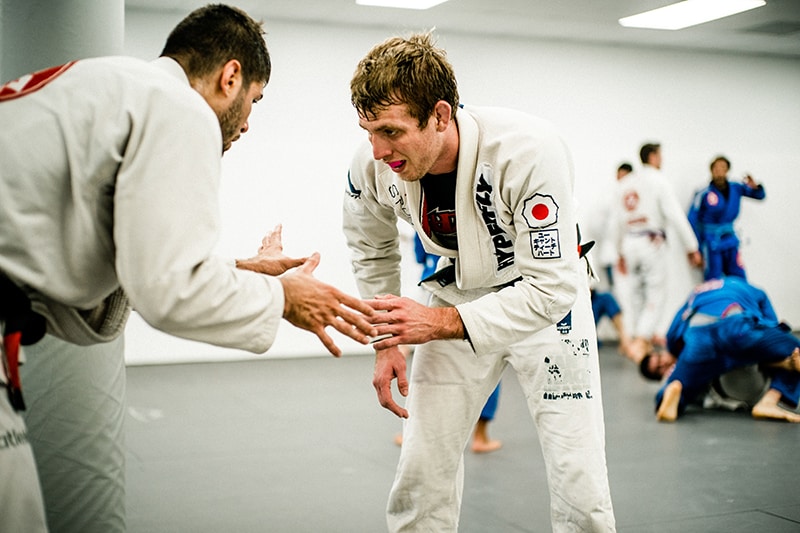
3. How To Apply Effective Drilling To Your Own Training
Ok, I’ve beaten the analogy dead horse enough…
… it’s time to get practical…
… it’s time to get to the good stuff.
I’m going to outlay a basic plan for adding progressive stress to your drilling practice that will help you increase your chances of successfully incorporating a new technique or sequence of techniques in your game.
And to do that, let’s break it down with a convenient checklist so you can start playing at home…
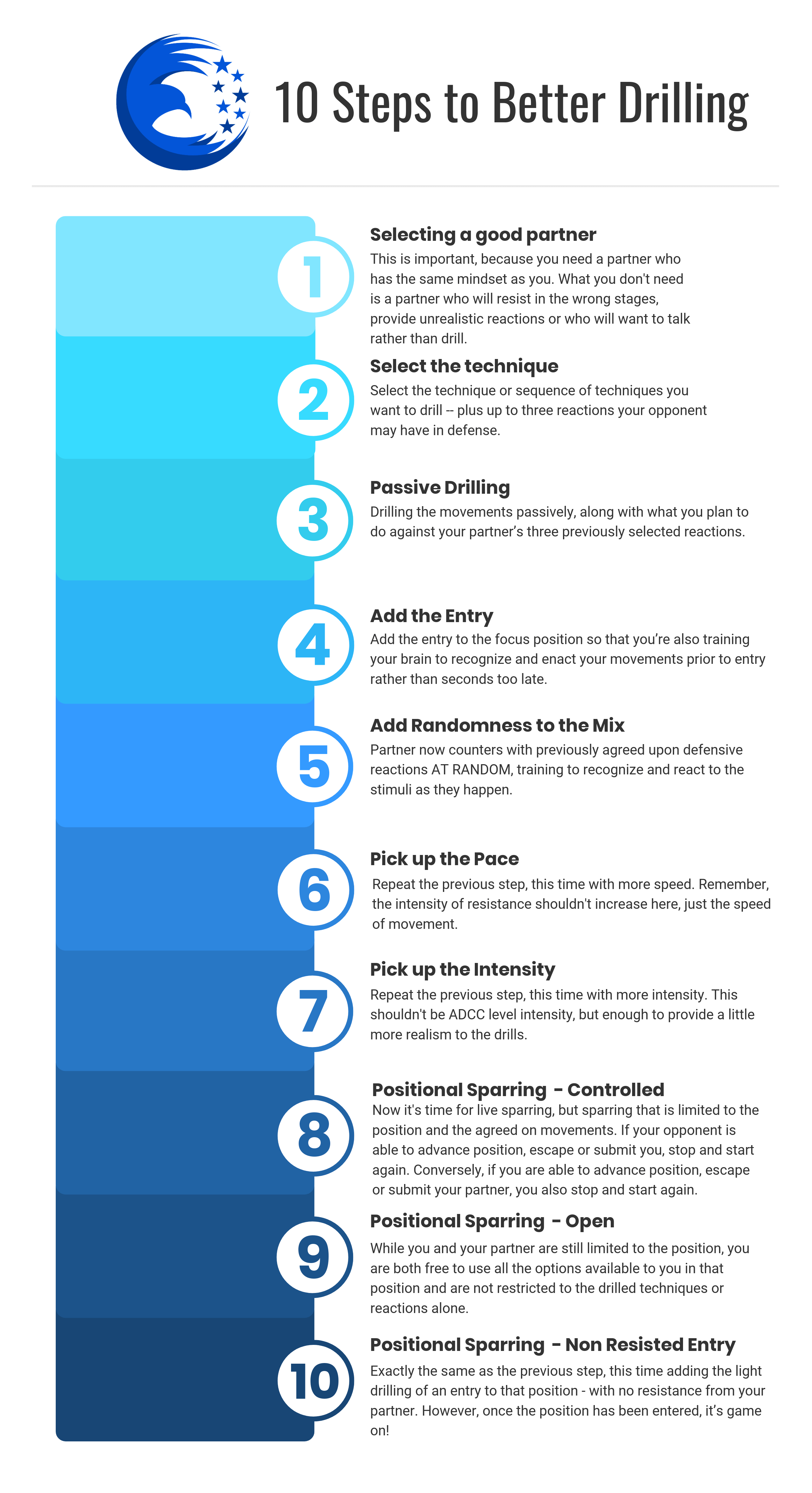
It may look like a bit of extra work, but it’s actually a simple process to adapt once you get the hang of it…
… and trust me, if you’ve been struggling to add new LEGO® blocks to your game …
This process will definitely help you towards your goal of getting good at Jiu Jitsu.
Now go forth and build me a pirate ship!
Note – before you start progressively adding stress to your drills, you need to know what you’re actually going to drill. Download our FREE Worm Guard Field Guide and learn the exact moves you should be doing against your opponent’s specific defenses to your Worm Guard — taking the stress of problem-solving, in the moment, off your hands so you can focus on getting those quick wins on the mat.
[activecampaign form=1]

